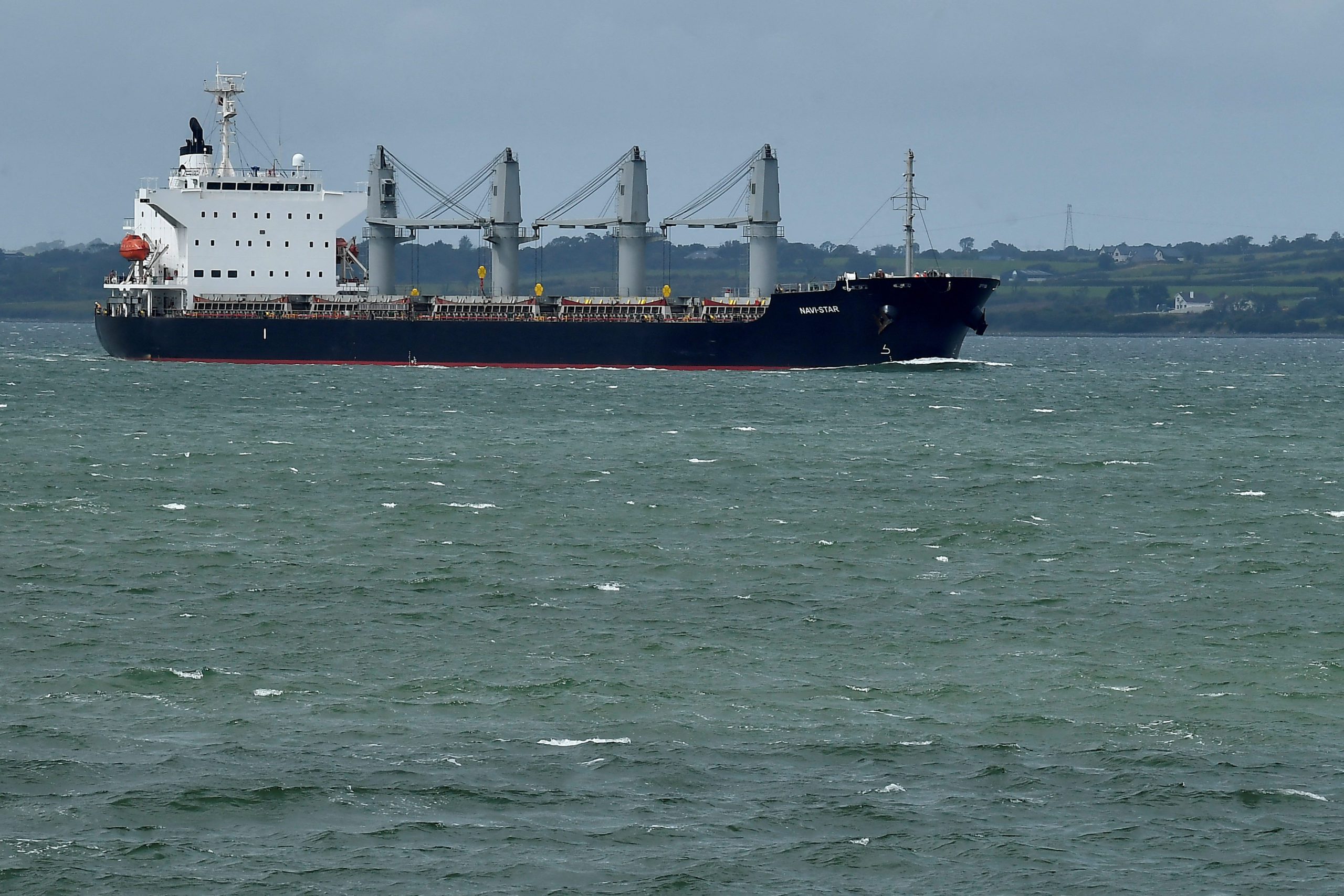Following a tentative agreement between the Canadian union Unifor and the St. Lawrence Seaway Management Corporation (SLSMC), efforts are now underway to clear the backlog of ships that were stuck waiting for the reopening of the St. Lawrence Seaway.
The eight-day strike had resulted in some 130 ships being stranded in line, unable to pass through the waterway.
Unifor, Canada’s largest union in the private sector, announced a tentative agreement with the SLSMC on Sunday after mediated negotiations on behalf of Ontario and Quebec members who had been on strike since October 22, 2023.
“This strike marks the first time in 55 years that seaway workers have made the difficult decision to go on strike. They did so to fight for a more respectful workplace and an agreement that reflects the economic realities of today,” stated Lana Payne, Unifor National President. “The committee has shown that the best deal is reached at the bargaining table, and I commend them for their exceptional work on behalf of their members.”
Over 200 million tonnes of cargo travel on the binational St. Lawrence Seaway each year. The closure of the waterway had stalled the movement of key cargoes, including grain, salt, iron ore, and construction materials, impacting various industries and infrastructure projects. The St. Lawrence Seaway Management Corporation operates 13 of the 15 locks between Montreal and Lake Erie. The other two locks, the Eisenhower and Snell locks, are managed by the Great Lakes St. Lawrence Seaway Development Corporation, part of the U.S. Deparment of Transportation.
The tentative agreement covers approximately 360 Unifor members across various locals in Ontario and Quebec, including the supervisory and engineering group, as well as the maintenance, operations, and clerical group.
“I am so proud of the unity of our members along the Seaway as they joined together to secure better wages and working conditions for all,” said Daniel Cloutier, Unifor Quebec Director.
Details of the tentative agreement will be shared with Unifor members first and made public once the agreement is ratified. A vote will be scheduled in the coming days.
Meanwhile, the St. Lawrence Seaway Management Corporation has announced that it will immediately begin implementing its recovery program and gradually allow ships to pass through, starting from Monday, October 30th, with employees returning to work at 07:00 am.
“We now have an agreement that is fair for workers and ensures a strong and stable future for the Seaway,” said Terence Bowles, President and CEO of SLSMC. “We recognize that this strike has not been easy for anyone, and we appreciate the patience and cooperation of our bi-national partners in the marine industry, including carriers, shippers, ports, local communities, and all those who rely on this critical transportation corridor on both sides of the Canada-U.S. border.”
According to the Canada-based Chamber of Marine Commerce, the strike has resulted in significant economic losses of up to CAD $100 million per day across Canada and the US. It also jeopardized the employment of approximately 67,000 people directly or indirectly involved in Seaway-related activities in both countries.
Algoma Central Corporation, a Canadian shipping company, expressed disappointment with the prolonged disruption caused by the strike. The company estimates that 130 ships were left waiting in line to navigate through the waterway.
“Now we need to act swiftly to get these ships through the system. This trade interruption has led to significant delays in transporting essential goods such as grain, salt, and iron ore, resulting in substantial economic setbacks and tarnishing the reputation of this reliable trade corridor,” stated Gregg Ruhl, President and CEO of Algoma. “It is crucial for the Canadian Government to acknowledge the profound influence of the maritime industry in Canada and its significance to our largest trading partners to the south. We must ensure that the Seaway remains a reliable and competitive part of our critical supply chain.”
Algoma further emphasized the importance of waterways to Canada’s economic prosperity, highlighting that each day during the shipping season is vital to the industries supported by marine transportation.

 Join The Club
Join The Club











